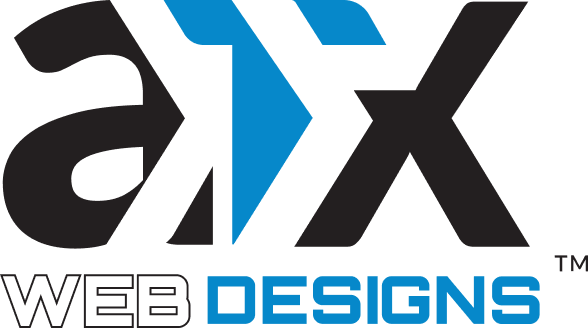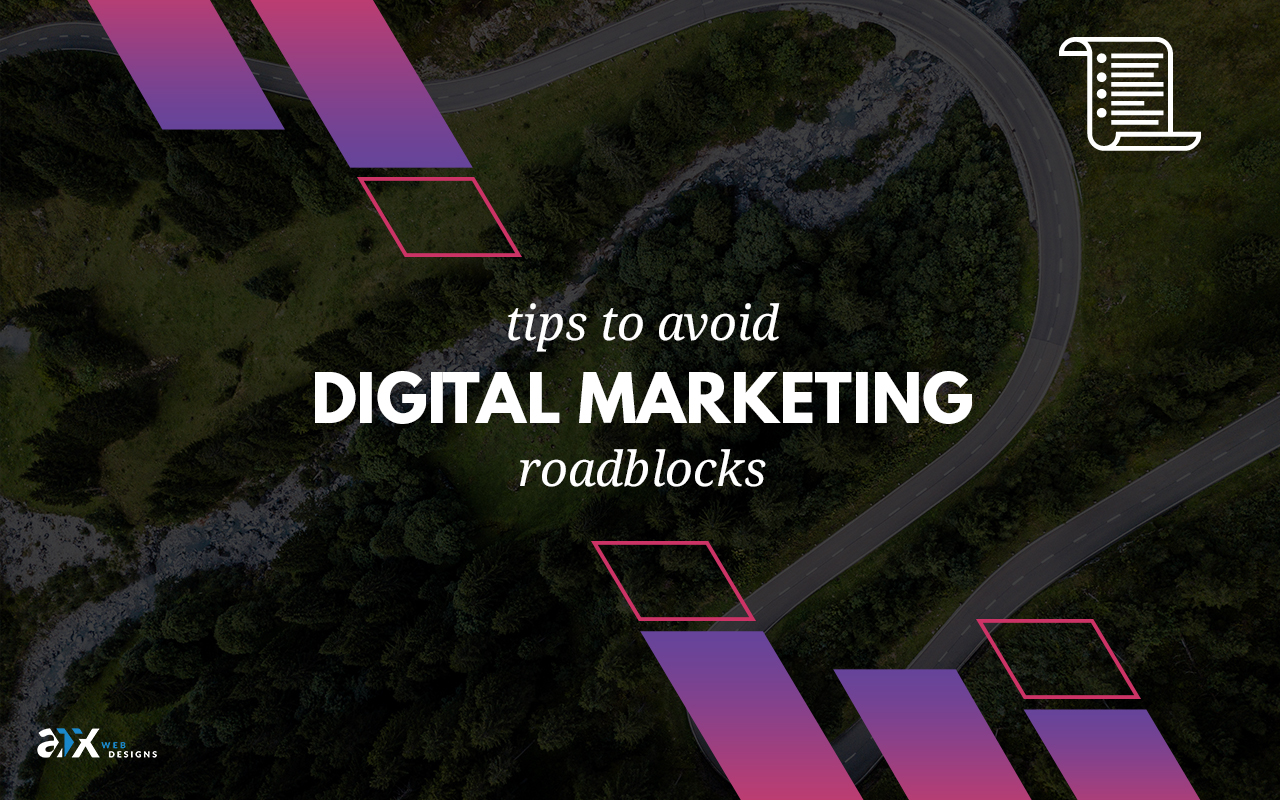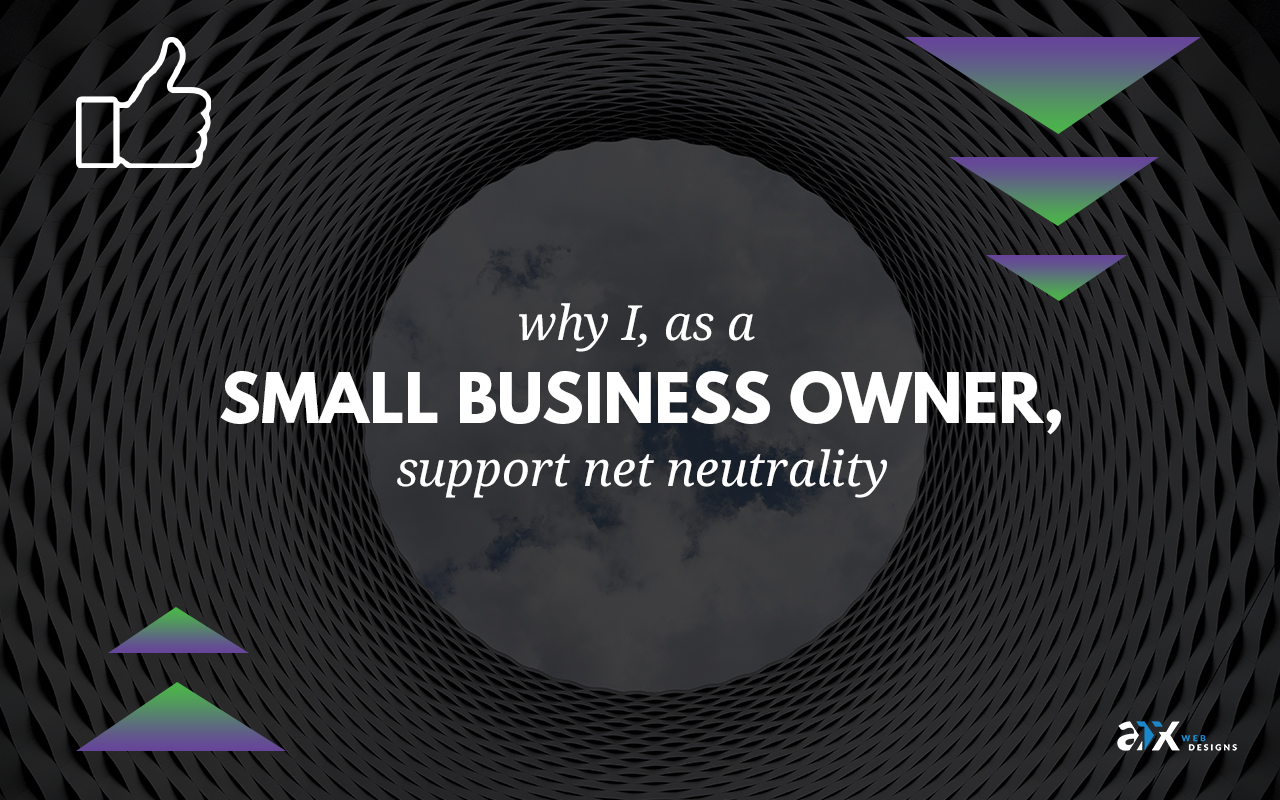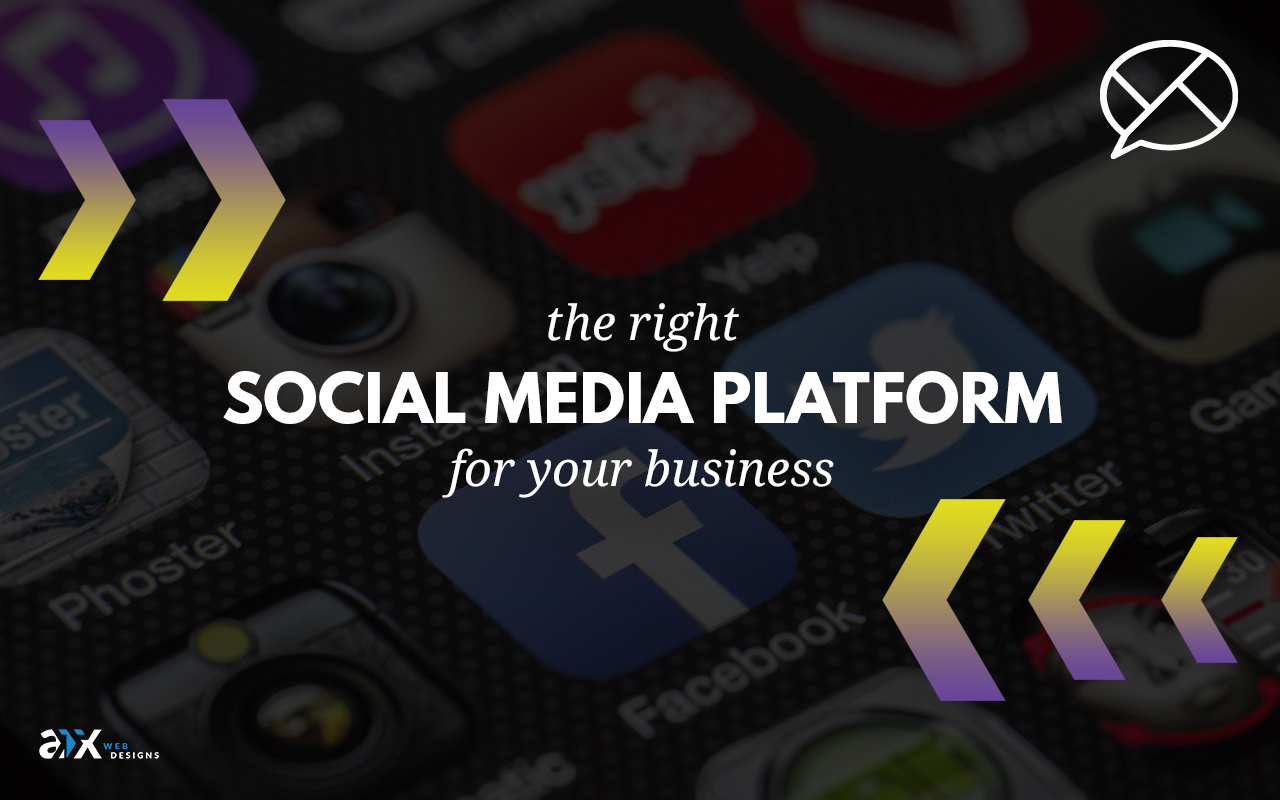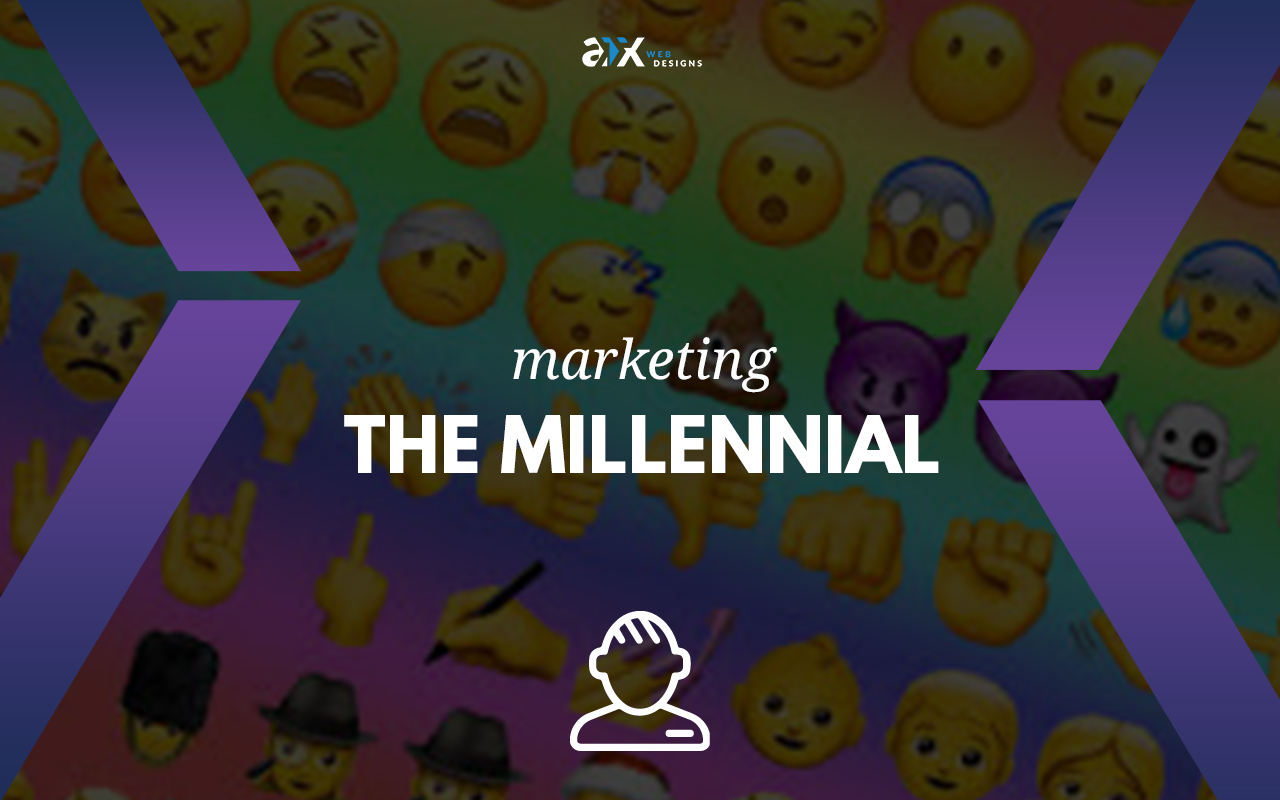Have digital marketers made the transition to the super-connected, mobile, digital marketplace? Not yet. According to the Adobe Digital Roadblock report, two-thirds of marketers expect their role to change over the next year, and over three-quarters expect changes over the next three years.
Marketers have shown at this day and age they must reinvent themselves! So how can you reinvent yourself and mature in digital marketing? Well some of the common themes are people, product and process. I have chosen the top 5 Roadblocks for you to avoid.
Hiring digital talent – Roadblock #1
Our enterprises must focus on digital-savvy talent in order to reinvent ourselves.
From digital social marketers, creative development and data analysts all these roles make a big impact in this industry. However, these roles are not rising to meet the demand and marketers will struggle with finding potential hires who possesses the characteristics to operate in a highly technical environment. Marketers should be looking to hire dual digital talented individuals. For example, look for candidates that are creative and analytical, possess leadership skills and digital acumen skills. You can reinvent your marketing ecosystem you just need to hire the right digital talent.
Data avoidance – Roadblock #2
If we don’t hire the digital talent to execute digital campaigns, our success will remain doubtful. We must have luminaries who understand data not just read data. Marketers tell us they believe the ideal marketer should take more risks, but by embracing the strength of data analysis, risks can be significantly reduced. We must arrange and schedule workflow to accommodate the constant feedback loops that permeate our digital world. For those seeking to reinvent themselves, embrace data!
Social media blackout -Roadblock #3
Our digital roadblock concluded that 61 percent of marketers believe social media will be the most critical marketing vehicle to deploy in the next few years. The fact that most brands are growing their social media marketing budgets, leads us to believe the future predictions that social media spend will double in the next five years is accurate.
We must adopt a social strategy and cultivate a social identity that supports that identity through a disciplined approach to audience engagement. Our enterprise must maximize ROI, be organized to leverage the speed, volume, and intensity of social media. Teams must be able to entertain, inform, educate, and persuade all at the same time, all while directing traffic to engage our offerings.
Lack of testing-Roadblock #4
Can you believe that half of the marketers stated that they used the “trusting my gut instinct” on where to invest marketing budgets. How can you rely on that? No need for gut instinct- testing allows us to approach senior leadership with quantifiable results, which may be leveraged in other business areas. Big Data is available to shape customer profiles, track consumer behavior, and monitor ROI. When we can show lift through testing based on data, we are able to justify marketing spend and improve productivity.
Technology adoption -Roadblock #5
Brands in any vertical have to embrace technology or suffer the consequences. Unfortunately, marketers tell us they are more comfortable adopting new technologies once they become mainstream. However, competition is too fierce to hold off consumer engagement.
There is seemingly no end to the integrated tools we have at our disposal such as dashboards that enable analytics, attribution, tag management, content management, and integrate marketing with business IT systems. If we adopt these tools, we can make reinvention possible.
Ultimately, our attempts to reinvent ourselves as digital marketers must point to digital ecosystem management. We must transition our brand and have the ability to dovetail creative development, asset deployment, and customer experiences with financial management. Let’s tear down these roadblocks and explore the frontier together!
